When it comes to 3D foot scanners, don’t assume they’re only for people with “foot problems.”
In fact, anyone with a pair of feet can use one! This device uses laser scanning technology to “draw” a complete 3D image of your foot from top to bottom. It’s not guesswork, and it’s not based on simply pressing and feeling.
The data is accurate, the images are clear, and the results are intuitive. It’s not just for diagnosing problems—it’s more about prevention, correction, optimization, and customization. The applicable user base is quite broad.
1. Children (especially ages 8 to 16)
At this stage, children are still developing, and their foot shape changes quickly.
If a child walks pigeon-toed, bow-legged, frequently trips, or wears out shoes unevenly, it may mean something is already off with their foot structure.
A quick scan with a 3D foot scanner can instantly reveal if the foot arch has collapsed, whether the feet are symmetrical, and whether early correction is needed. Once the foot structure is set, it’s hard to change—the earlier you discover an issue, the better you can prevent bigger problems later.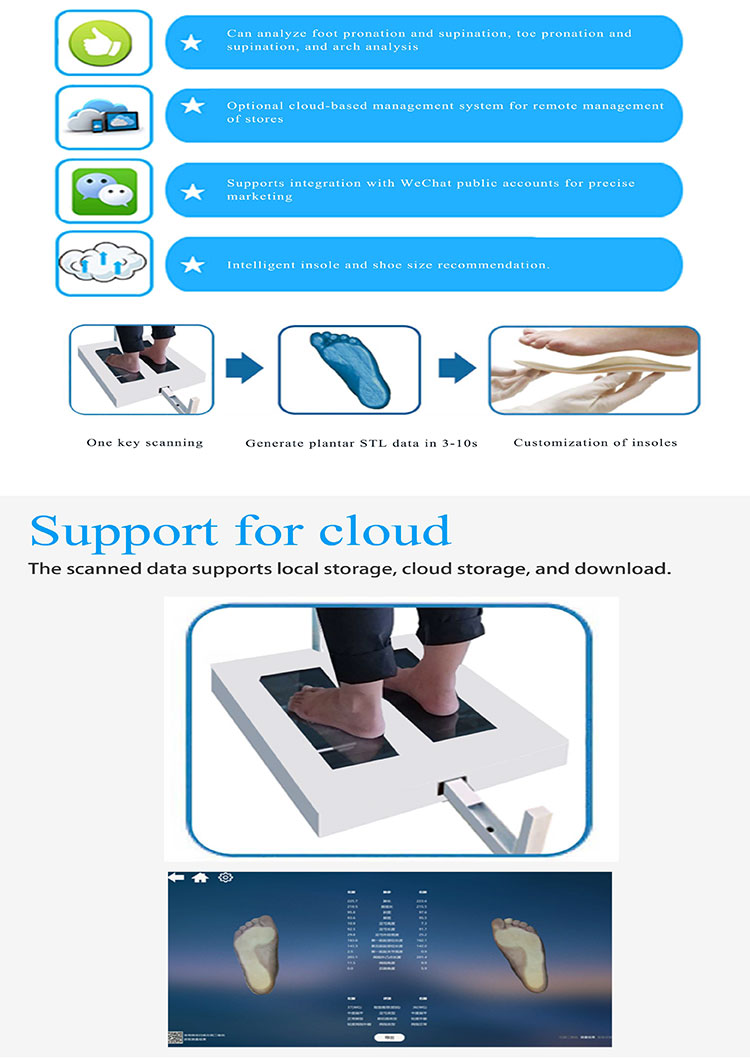
2. Office workers and people who stand or walk for long periods
Teachers, doctors, retail workers, delivery staff—people in these professions are on their feet all day, and their feet are always “tired.”
By afternoon, many find their feet swollen, and even walking becomes painful.
A laser scan can easily show whether the foot lacks even support. Over time, this can lead to plantar fasciitis, bunions, or even knee and lower back problems.
The resulting 3D image doesn’t just help you see the issue—it can guide the creation of custom insoles that relieve pressure and improve posture, which is far more effective than just buying any so-called “soft-soled shoes.”
3. Elderly people
As the saying goes, “As people age, their feet age first”—and it’s true.
With age, the fat pads on the soles thin out, ligaments loosen, and issues like heel pain or collapsed arches become common.
Laser scanning can clearly display the height distribution across the foot, helping assess whether extra support or cushioning is needed. It’s not about guessing—it’s based on clear visuals and data, much more scientific than traditional x-rays or relying solely on experience.
4. Sports enthusiasts
Whether you’re a runner, aerobic dancer, ballplayer, or just someone who power-walks every day, you need to pay attention to your foot structure.
You might feel comfortable running, but many sports injuries actually stem from incorrect foot shape or gait abnormalities. A 3D scan shows whether your weight is distributed unevenly, if you’re overpronating or supinating—allowing you to adjust your insoles or gait before injuries occur, rather than regretting it afterward.
5. Clients from professional insole, rehab, or therapy centers
This goes without saying—3D foot scanners have already become standard equipment at many foot health clinics and orthotic insole shops.
Because they not only “see” the foot, but can also generate detailed reports and 3D modeling files (such as STL, OBJ, etc.), they integrate directly with insole carving machines or 3D printers. It’s time-saving, efficient, and precise—streamlining the entire workflow with no fuss.

 +86-0755-86131192
+86-0755-86131192 2025-07-21
2025-07-21 Back to list
Back to list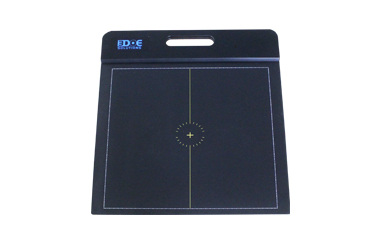
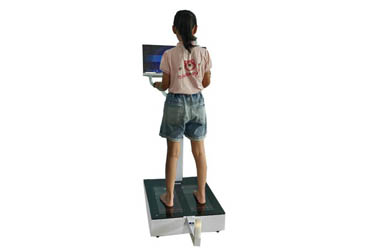
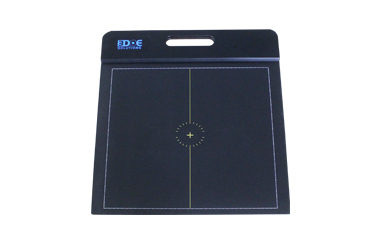
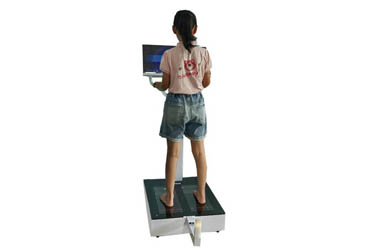
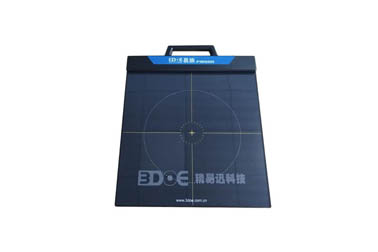
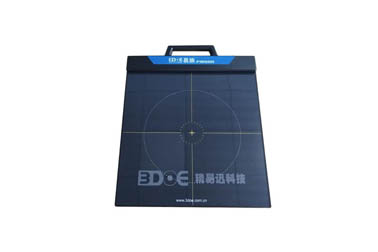



 +86-0755-86131192
+86-0755-86131192